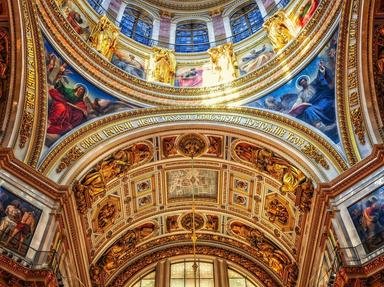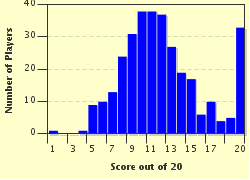Quiz Answer Key and Fun Facts
1. Which two Gospel writers are not traditionally considered to have been among the original twelve disciples of Jesus?
2. Which of the four Gospels is known as "the Gospel of the church" because of its frequent liturgical use?
3. Short sayings, like those often found in the Gospels, were a staple of both Jewish and Greco-Roman sages. What are these short sayings called?
4. The prologue of what Gospel poetically juxtaposes light and darkness?
5. When were the Gospels most likely written?
6. Some verses in the gospels are thought by scholars to be later additions because they are not included in the oldest manuscripts we have. Which of the following is thought to be a later addition?
7. While most modern biblical scholars argue that Mark was written before Matthew, a minority maintain that Matthew came first.
8. Which of the four Gospels is the greatest source of Christian doctrine about Jesus?
9. The 13th chapter of Mark, in which Jesus predicts, among other things, the destruction of the temple, is often called what?
10. In the Gospel of Mark, what do Jesus' opponents and followers both call him?
11. In his Gospel, Mark uses the death of what man to foreshadow the passion of Jesus Christ?
12. In which Gospel's infancy account is Mary, rather than Joseph, the main character?
13. In the Gospels, what does the term "disciple" mean?
14. In his Gospel, Matthew tells many of the same stories as Mark, but he typically shortens them.
15. In its tone and in what it chooses to emphasize, Matthew's Gospel most reflects the concerns of what Jewish group?
16. All of the Gospels use the term "church."
17. Which of the Gospels most reflects the genre of history because of its broad historical focus?
18. In the Gospels of Matthew and Mark, Jesus is recognized as the "Son of God" by a guard at his execution. What does this person call him in the Gospel of Luke?
19. In John's Gospel, Jesus works seven signs. Which of these is not one of the signs?
20. Which Gospel begins "in media res", with the baptism of Jesus?
Source: Author
skylarb
This quiz was reviewed by FunTrivia editor
gtho4 before going online.
Any errors found in FunTrivia content are routinely corrected through our feedback system.


